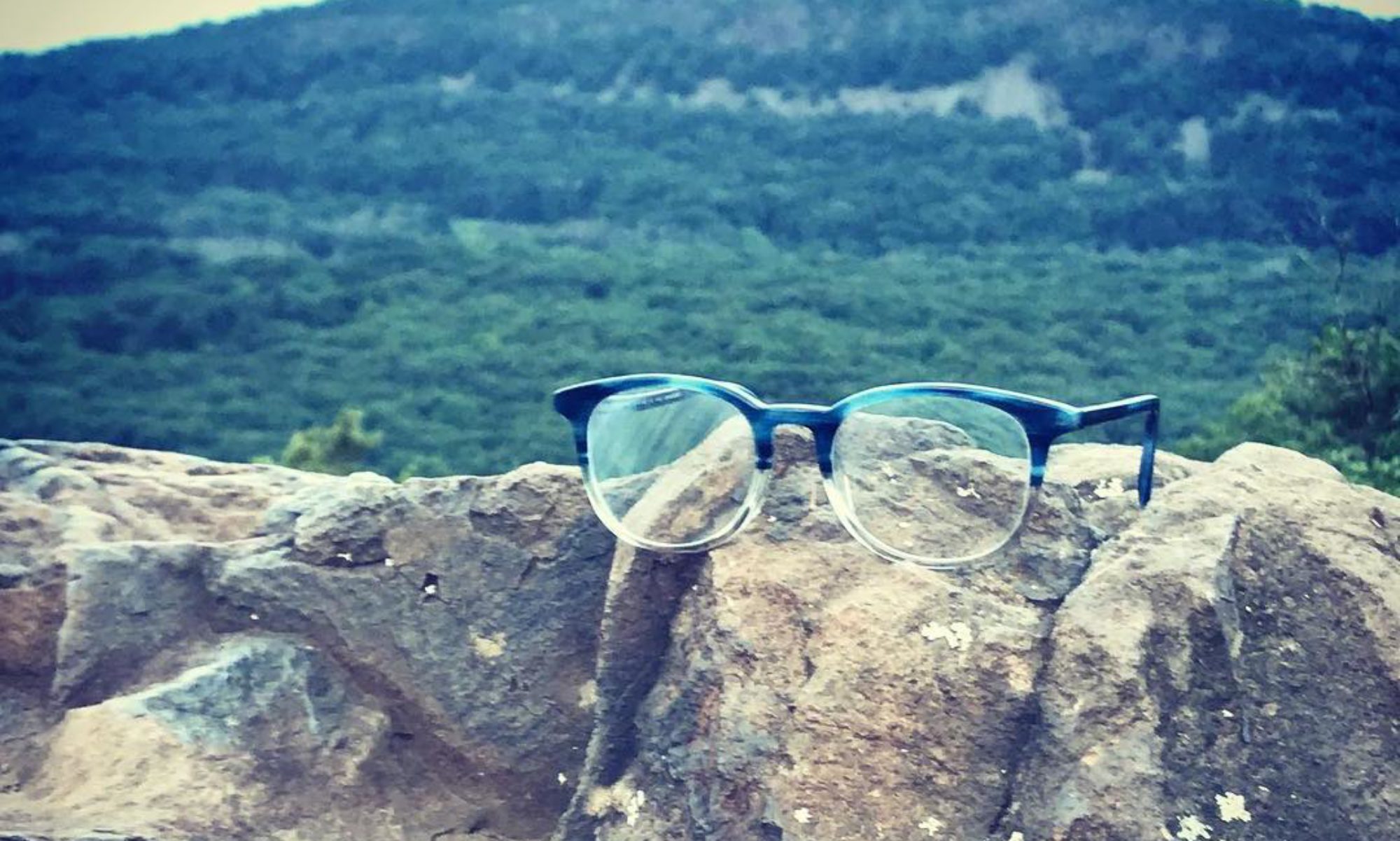If you’re not aware, I recently moved to Berkeley, California. Since the move, I’ve had a few people ask what I’ve been up to professionally. This question is more than understandable given that my current title, Freelance Science Writer/Communicator, is a little nondescript (but at least it’s not “Communications Specialist” or something amiright?). In a little more detail, I’ve been doing contract writing, graphic design, and marketing work with a few biotech companies, organizations, and friends in the Bay Area. I’d like to help researchers and biotech companies effectively communicate their science and thereby have a more positive impact on the world. Below I discuss some of the activities I pursue in my quest for better science communication.
Updating written scientific web content
Unfortunately, the written content found on many lab and company websites is pretty opaque. Generally this content is full of bluster without meaning (“We’re going to cure cancer!”) or there’s far too much detail (“We’ve discovered that FatB1 can be used to efficiently produce aliphatic hydrocarbons in Escherichia coli fed a diet of…” yawn).
Some reasons you might want to work with someone like me to help clarify and update your website’s content:
-
- To attract future lab members/employees
-
- To make it easier for investors to understand your vision
- To provide a foundation on which you can base your next grant or pitch
If you actually sell some kind of product, providing easy-to-understand educational content about your product will also make it clear to customers that you care about them and their questions (this is inbound marketing in a nutshell).
Creating useful scientific graphics and images
Even if you have the best written content in the world, it can be improved with images. Many people, myself included, learn and retain information better when it’s presented in a visual format. Compelling images also make social media promotion much easier. I’ve been drawing since forever and have created or edited useful scientific images for my own work, for Science in the News at Harvard, for Addgene, and more. I’d love to see more scientists incorporating graphics and artwork into descriptions and presentations of their work. I think doing so makes science more approachable, makes scientists more relatable, and may provide a means of building trust between scientists and non-scientists. I’d be happy to help you create graphics (or even drawings!) about your work.
Crafting presentations that keep people awake and engaged
Scientists think deeply about many topics and can get carried away when they attempt to incorporate their many amazing thoughts into a single presentation. Presentations jam-packed with information can be difficult to follow and will likely turn people off. This is unfortunate because a good presentation may help you get your next job, sell your pitch to investors, or even go viral. As another way of making science more approachable, I quite enjoy working with people to organize their thoughts, hone their messages, tell easy-to-follow stories, and create better presentations.
So that’s what I’m up to for now. As you might expect, these activities often intersect with one another (i.e. creating web content and images makes it easier to make presentations) and the skills they use can be applied to many different projects. I have even helped edit grants and books. I’ll hopefully be able to share many more examples soon.
Finally, I’d really like to stress that I’m not doing all of this solely to make money, but in the hope that enabling better science communication will lead to more trust in scientific findings and attract more diverse types of people to scientific research!



Nice to see what you’re up to. Looks like you’re enjoying the west coast a lot!
Thanks for reading Jennifer! I’m having a great time!